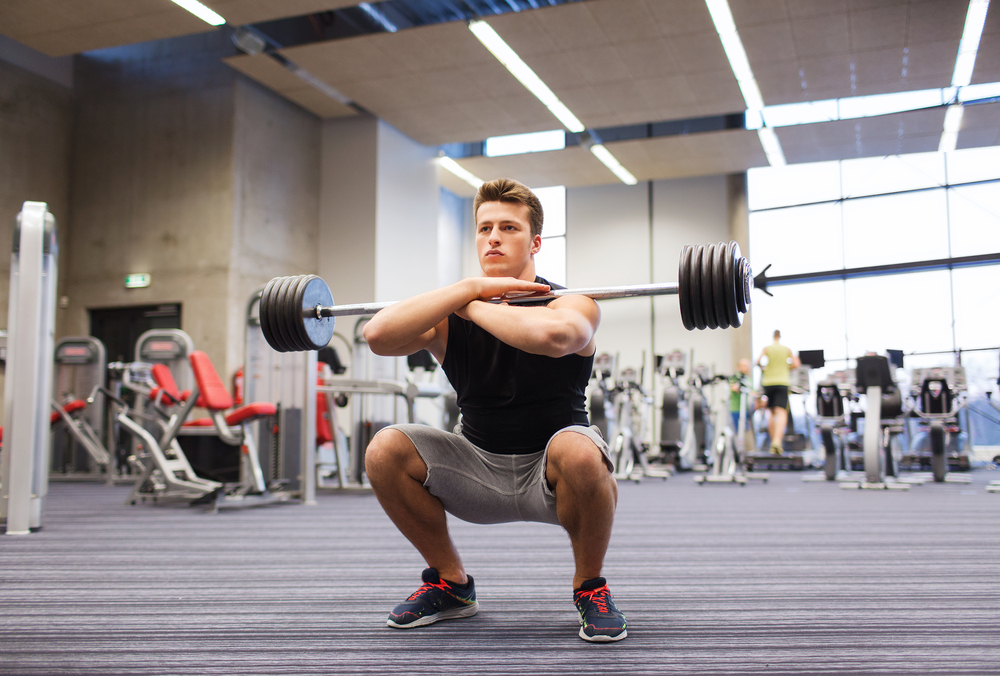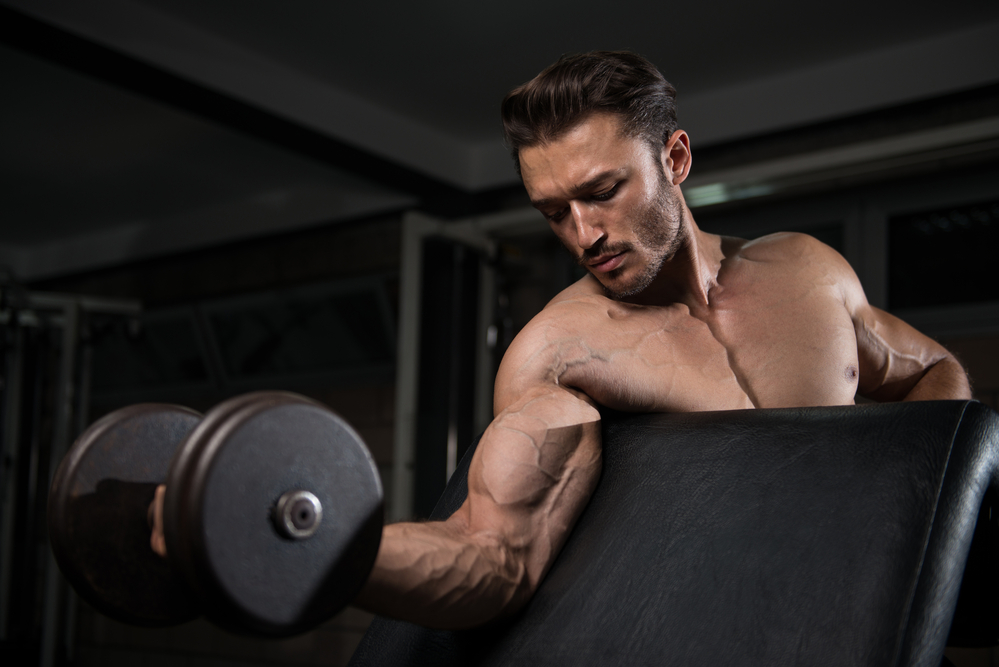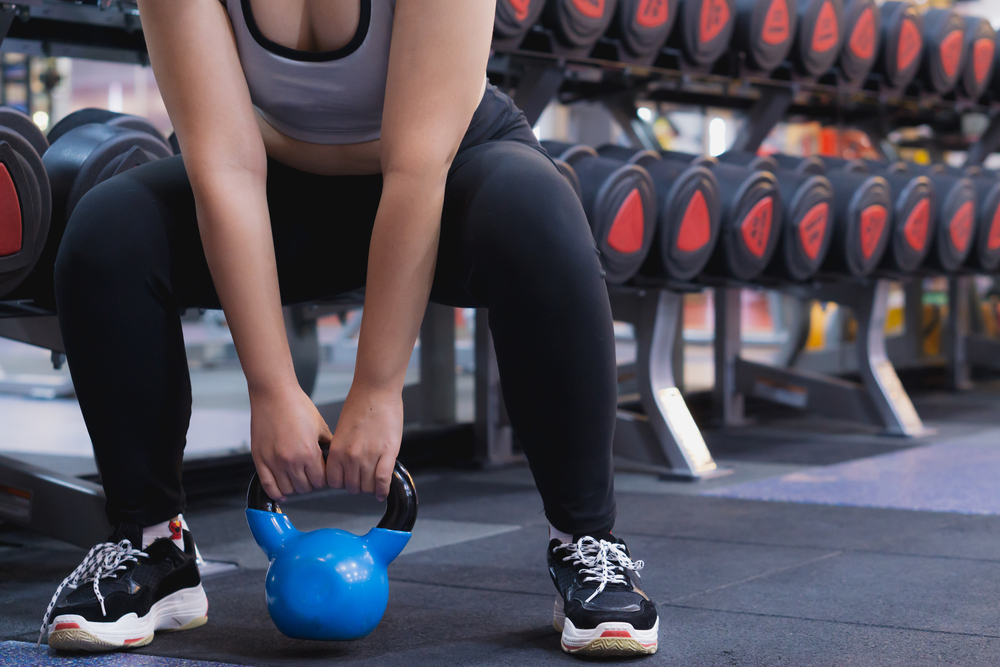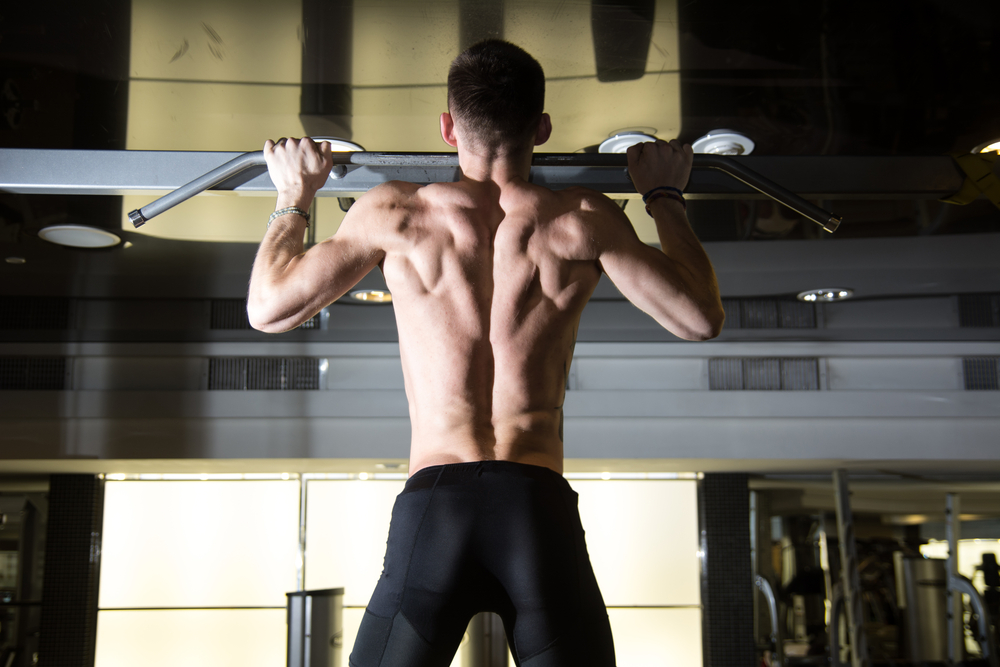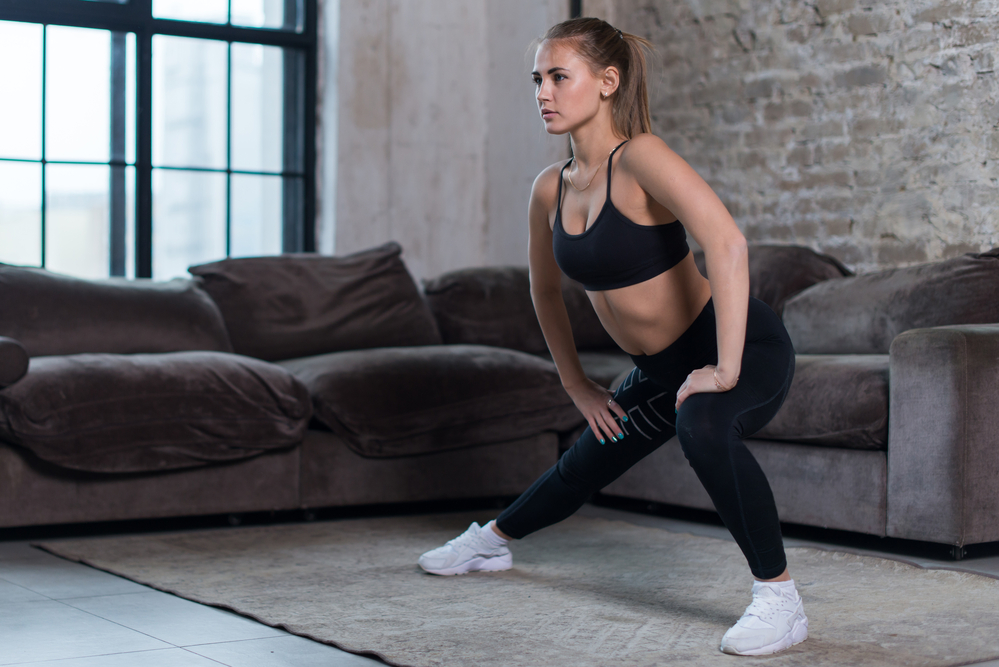
Table of Contents
Side lunges are one of the most popular exercises for the hips and glutes. There are several variations of the movement, adapted for beginners and advanced athletes.
Exercise structure
What muscles are involved in side lunges? Unlike classic ones, side lunges allow you to additionally work out the inner thigh and gluteus medius muscles.
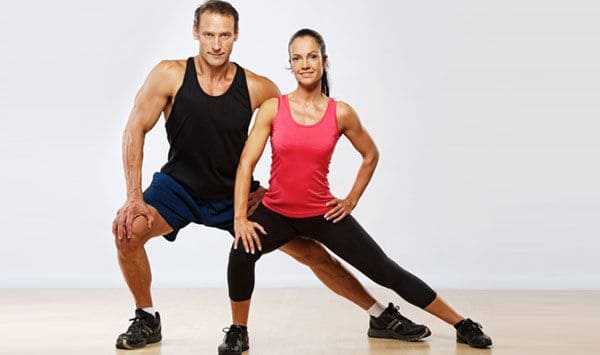
If we analyze the work of the main muscles during the movement, we get the following:
When moving the leg to the side, the gluteus medius and small muscles work
When squatting on the abducted leg, the hamstrings work
Squat Rise. The quadriceps and gluteus maximus muscle work here
When the leg returns to the body, the adductor muscle works
Keep in mind that the calves, abs and lower back muscles work in the same way.
I would also like to mention the outer surface of the thigh and the breeches zone. Side lunges are often used to correct the problem area. Let me clarify the situation. Body fat does not disappear with muscle training. Losing fat requires an energy deficit, which, in particular, can be created by intense muscle training.
However, 70% of success depends on reducing the calorie intake. The difficulty of the impact of physical exercises on the breeches zone is due to the fact that the outer surface of the thigh is not a muscle, but a tendon, on top of which fat is located.
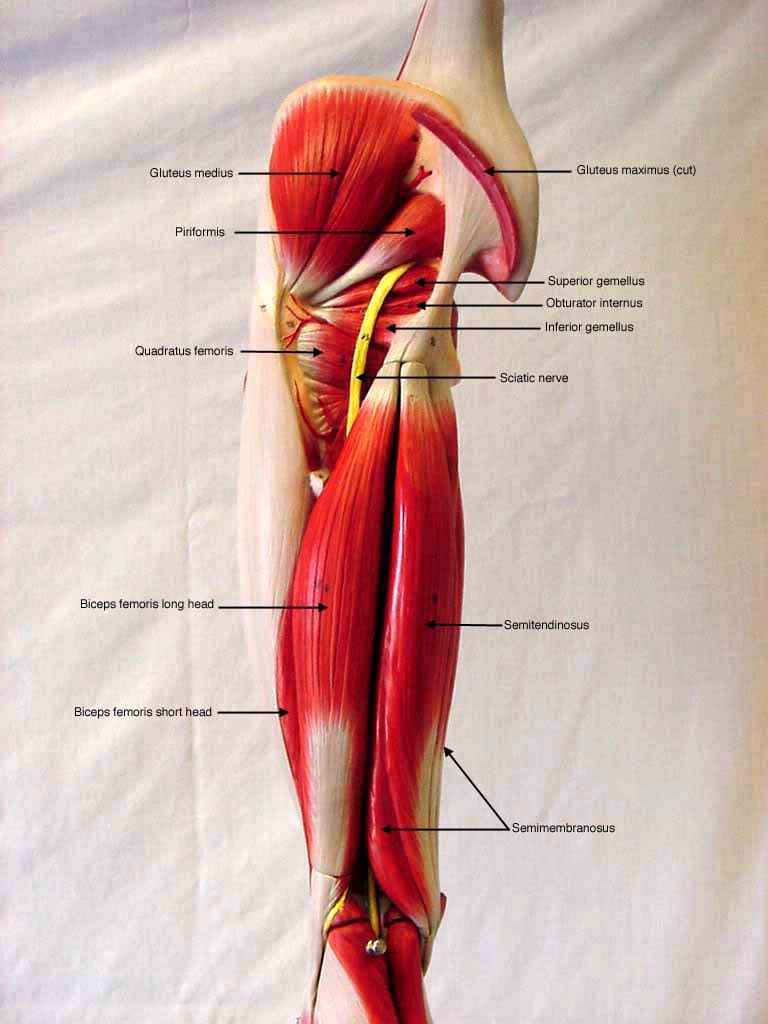
For slimming thighs, you should train in a fat burning regimen. That is, with a lot of repetitions and at a pace above average. Do at least three sets. Cardio is a great way to speed up your metabolism. For visible and quick weight loss, it is advisable to do cardio for 30-40 minutes 3-4 times a week.
If your goal is to improve the shape of the legs and buttocks, the right-left lunges are a great tool, since they involve several muscle groups at once. Use 8-12 reps, slow pace, and weights as needed. Do at least 3-4 sets.
Exercise technique
Lunges to the side are performed from a standing position. Feet are shoulder-width apart.
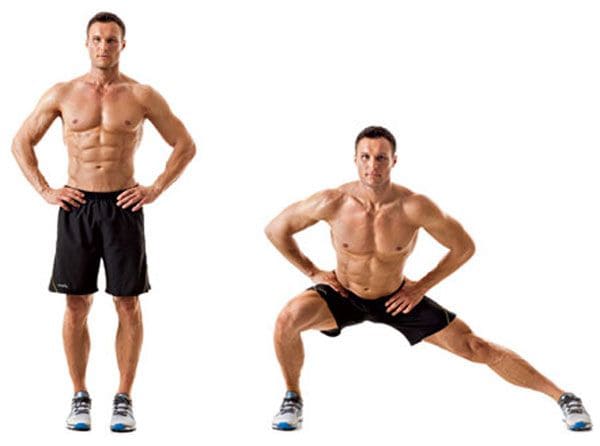
Do the required number of reps with each leg. Take a break, doing a light stretch of the muscles, and do another 1-2 sets.
Workout complicated options
Practice shows that it is quite easy to master side lunges. It is possible that after a few months you will notice that the exercise without weight does not give the required load on the muscles. This indicates that it is time for you to move on to the more advanced lunges.
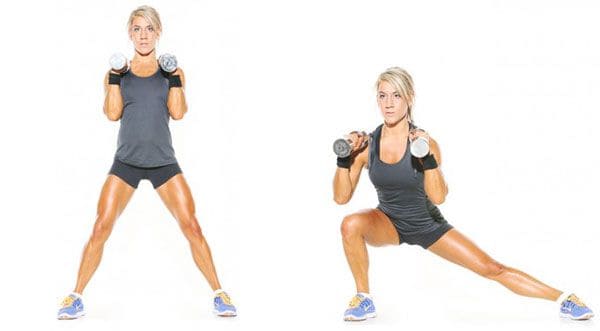
In addition to increasing the number of sets, using weights is a good way to increase the load. The dumbbell side lunge is performed in the same way as the classic version of the exercise. You can lower your arms along the body, raise them to your shoulders, or take one heavier dumbbell and hold it in bent arms in front of your chest.
You can combine lunges with biceps curls. In this case, the dumbbells should be taken with a reverse grip. Stretch your arms down in front of you. When performing a lunge, you bend your arms, bringing the dumbbells closer to your chest.
You can also do barbell side lunges. In such a case, you additionally load your back and abs. The movement helps to develop a sense of balance.
Barbell side lunges are the most effective muscle building exercise for this exercise. But it is better to start training with regular lunges. It’ll help you master the technique and avoid many mistakes. Once you have mastered the movement and your muscles are strengthened, you can do lunges with extra weight.
Correcting errors
Lunges are considered a basic exercise and are recommended for both beginners and experienced athletes. In order to achieve maximum results, you should eliminate all possible mistakes and hone your technique of movement:
Do the exercise smoothly. The jerky movements prevent the muscles from reaching their peak contraction and can injure the knee
Look straight ahead and do not slouch. Rounding the back and lower back can negatively affect the condition of the spine
Do not tilt your torso forward too much, do not extend your knee beyond the toe line, and do not lower your pelvis below knee level. Usually these mistakes are made at the same time, since if one is made, others will automatically occur. For this reason, keep an eye on the position of your core, pelvis, and knees
Don’t take too short or too long a step. It will be difficult for you to maintain your balance, which will make the movement less effective
Try doing the exercise in front of a mirror. It’ll give you better control over your actions.
Improper technique is especially dangerous when you are working with dumbbells or a barbell. Doing the exercise incorrectly will result in poor results and injury.
Performing side lunges regularly strengthens the muscles in the lower body. You can combine them with regular lunges, squats, and other leg and glute exercises.



